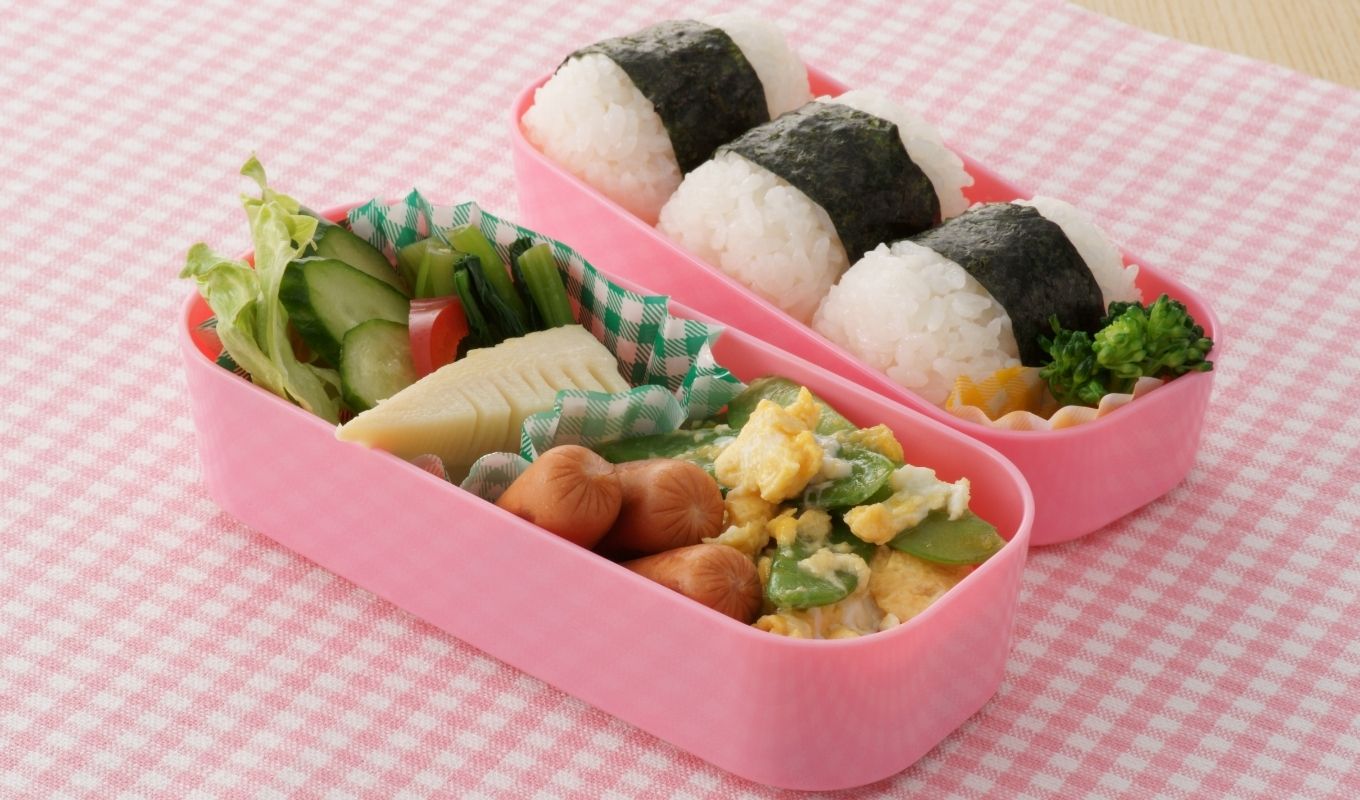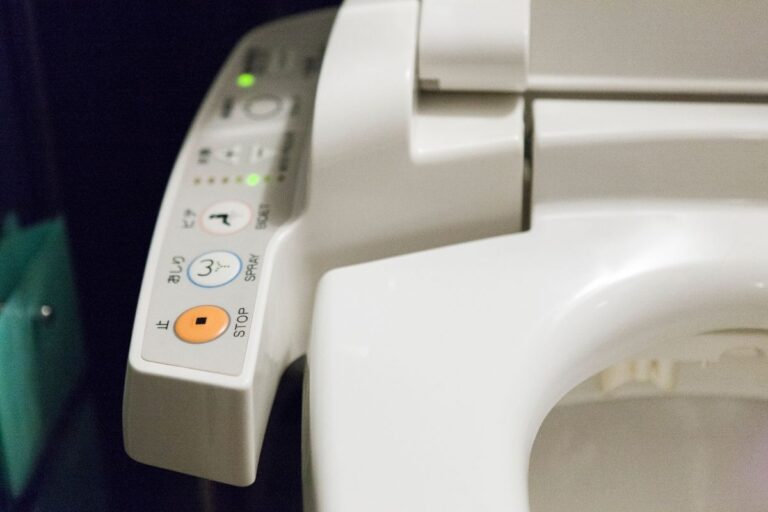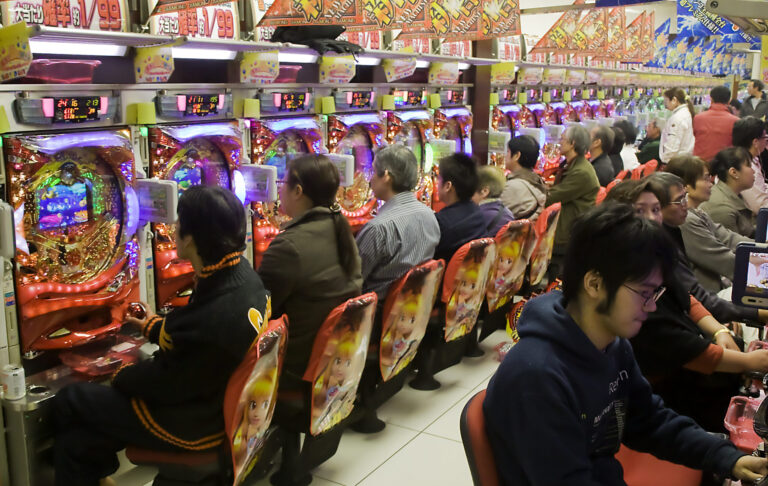When bringing food from home for lunch at school or work, the menu generally consists of last night’s leftovers in a Tupperware container or a freshly-made sandwich, piece of fruit and juice box in a paper bag. In Japan, the traditional lunch-to-go is called the bento, which, appropriated from an ancient slang Chinese term, means “convenient.”
Bento are served not in bags, but in sturdy square or rectangular bento boxes, which range in quality from storage-container-like durable plastic to wooden boxes to fragile polished lacquerware. The more expensive boxes are often decorated ornately in a classical Japanese design and may be family heirlooms. Bento can also come in disposable plastic bento boxes when purchased pre-made at food stands or convenience and grocery stores.
The main feature of the inside of the box is its separated compartments, so food doesn’t become mixed. Smaller, cheaper bento boxes may have as few as two compartments, whereas larger, more expensive bento like those intended to carry an entire group’s food for an outing, may be three or four stacked layers of two to five compartments each. Bento boxes can be tucked into any school bag or brief case, but they are traditionally carried with a large decorative Japanese handkerchief called a furoshiki. The furoshiki is not used to blow noses or wipe faces and is intended for carrying items. You tie the cloth around the box and carry the box by the knot of fabric at the top.
Bento can contain virtually any Japanese or Western food that is easy to take on the go, but the primary staple is white rice. The largest compartment of the bento box, sometimes 2/3 the size of the box, is traditionally reserved for white rice with a little garnish, strips of seaweed or pickled vegetables. Popular food for the rest of the bento include picked vegetables, tempura meat and vegetables, sausages, chicken, fish, and boiled eggs. Less traditionally, bento may consist of Western food like finger sandwiches.
The most simple of all bento consists only of white rice with an umeboshi in the center. Umeboshi, which is often translated as “pickled plum” but is a pickled ume, a native Japanese fruit somewhat like an apricot, is red when pickled and this gives the bento the effect of looking like the Japanese flag (white with a red circle at the center). Therefore, this type of bento is called the Hinomaru bento, as Hinomaru is the name for the Japanese flag.
Traditionally, bento are cooked by Japanese mothers and wives for their children and husbands to take to school and work. Some women get up an hour or more before their families to make these bento, which not only feature delicious food, but may be elaborately decorated with patterns of colors or shapes or even meant to look like popular cartoon characters. The more ornate and varied the bento, the more “love” the woman is said to be packing for her husband or children and it’s often a joke that those stuck with the Hinomaru bento have unloving wives or mothers. More realistically, it could simply be that the busy career woman doesn’t have time to make elaborate lunches or the lunch was made by the man or student him or herself.
It’s also a traditional for Japanese girls, particularly high schoolers, to get up early before school to cook food and then offer a hand-made bento to their crushes or boyfriends, perhaps in anticipation of one day cooking for them during marriage. Although this is far less common as more women continue to work after marriage and children, an old-fashioned romantic Japanese marriage proposal translates to, “I want to eat your bento everyday.”
Can you imagine eating rice and pickled vegetables every day for lunch instead of sandwiches? Would you think it was fair for your mother, wife, or girlfriend to get up an hour early just to make you lunch?
No related posts.
Tags: Food, japan, japanese culture, japanese schools, lunches, Rice, student life




